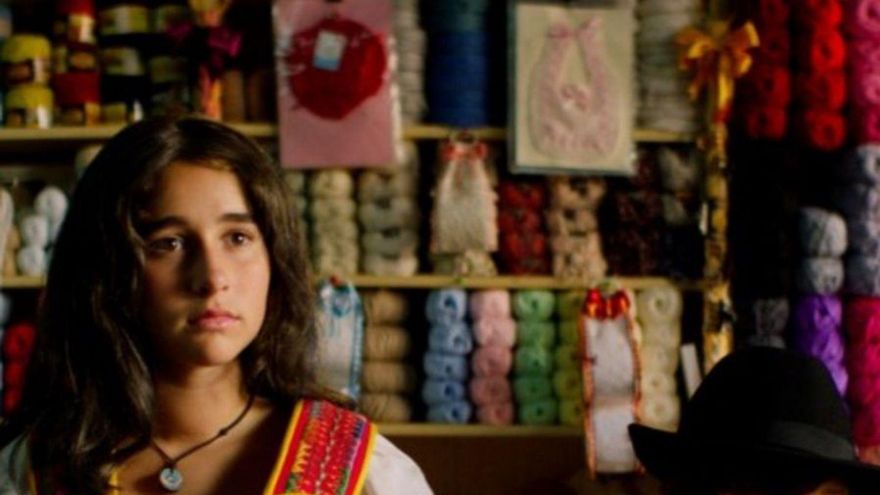
In 1993 Michael Jackson landed on Tenerife. His arrival transcended the scheduled concert and became a popular event. Over the years, it has also ended up acting as an anchor in the story proposed by Omar Al Abdul Razzak in his original Matar cangrejos, a Spanish-Dutch co-production (with Tourmalet Films from the Canary Islands and IJwater Films from the Netherlands) that portrays reality. of two brothers on that island in the early nineties. The result is a work that stands out for its texture, colors and the weight of a narrative that transports the viewer to another not so distant era. In fact, it appeals to the public to find not only the meaning of the story but also the flavor of the sensations that it exudes.
Matar cangrejos recently triumphed at the Malaga Festival (award for the best Spanish film in the Zonazine section and Biznaga de Plata for the best actress awarded to Paula Campos), and is now competing in the feature films section of Canary Islands Cinema, at the International Festival of The Gran Canarian palms. Was it difficult to produce a film set in the early nineties of the last century? Not so much, apparently. “Tenerife today looks a lot like the nineties, really,” explains the director. “We had very little time to get an art director and a lot of people told us no, because of how complex it seemed. Actually, I told them that everything remains the same. And it’s true, in the areas where we filmed the landscape remains almost identical”.
Although there were other factors that helped portray the moment, he points out: “the wardrobe work was fantastic. We were more concerned with colours, and there Art and Costumes did a lot of work”. The thief’s dream by Eduardo Díaz also competes in this section. The premise is canonical: a heroic detective, a lady in distress, a hooded bad guy. On these pillars a —silent— story could well be founded for the cinema in 1926, the year in which José González Rivero and Romualdo García signed The White Gloves Thief. One of the first Canarian film productions, screened in La Laguna and Santa Cruz de Tenerife, which even traveled to Cuba. And a title with an aura of myth and legend in the island audiovisual, with which the director Eduardo Díaz has dared to convert it into El sueño del ladrón, Díaz proposes a multiscreen update of the original, with a seductive presentation of characters, the outstanding addition of Niki Weber’s music and a montage that gives a truly contemporary sense to the story.
The final product is well suited to be projected under the formalisms of silent cinema, with live music and the public watching for the hero and the villain. The film initially fell into the hands of the director, but it was a copy not suitable for projections. “Between the titles that it lacks and the language it had, today it remains far from the people,” Díaz remarks. From there he started his work, until he achieved an original and very contemporary result.
However, “this really started as a live show”, reveals the director. “My original idea was to try to locate the film, I saw it in the eighties when it was shown again. And I got a copy of very low quality. I considered doing a live show with it. It was the only way for it to hold up on a screen.”
















